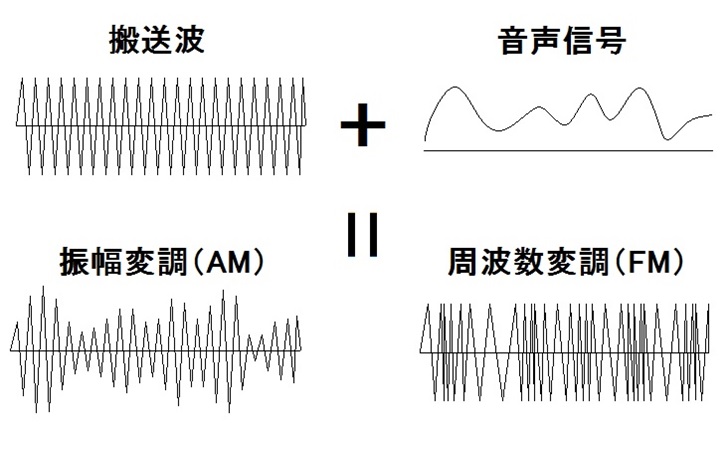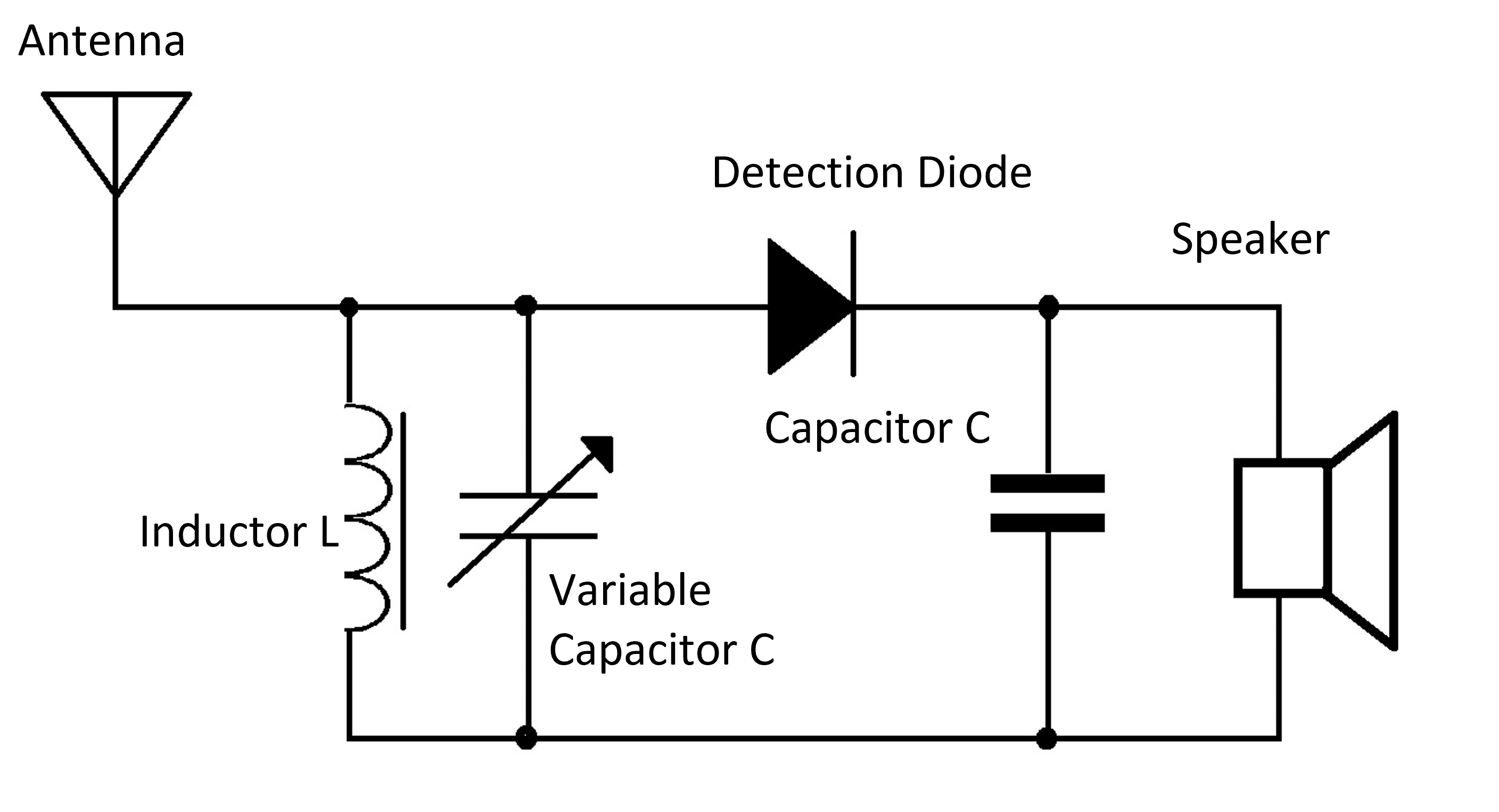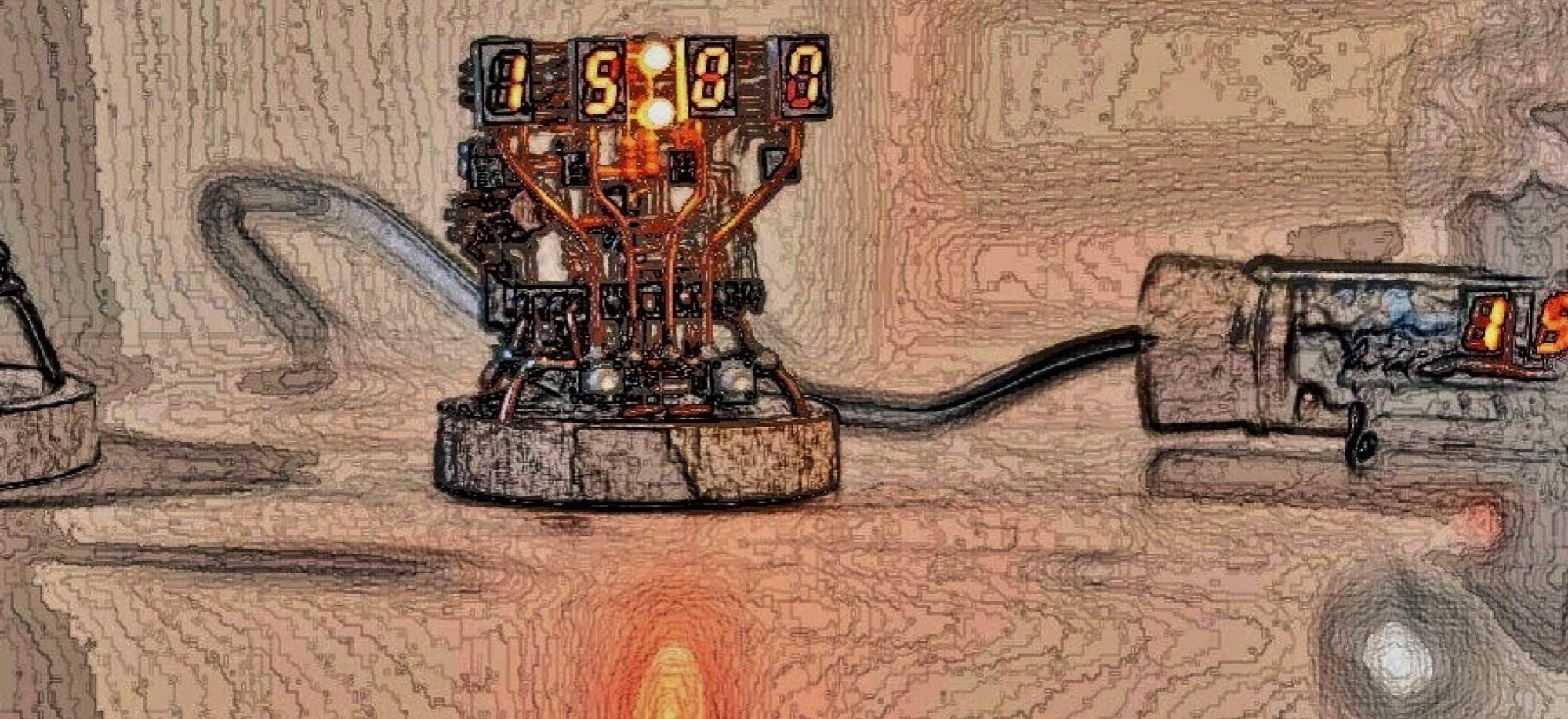・Features of AM and FM
I think that radio waves come to mind when you think of radio waves. However, the radio waves themselves cannot transmit audio or video.
It is necessary to devise some kind of radio wave.
Here, the radio wave is put on the radio wave using a technique called modulation that synthesizes the audio signal and the radio wave. Modulation includes Amplitude Modulation for AM radio broadcasting and Frequency Modulation for FM broadcasting.
Amplitude modulation is a method that changes the amplitude of a carrier wave (high frequency) up and down. This method is technically simple and has been used for a long time, but due to its nature, it is easily affected by noise and the sound quality is not very good.
On the other hand, frequency modulation is a method of partially changing the frequency of the carrier wave, and synthesizes with dense waveforms. When the amplitude of the audio signal is low, the waveform of the transmitted wave becomes sparse, and when it is high, the waveform becomes dense.

AM radio reception principle (envelope detection)
The reception principle of AM radio is very simple. Since the amplitude of the received radio wave is the audio signal as it is, it is OK if the carrier wave component is removed.
The simplest representation of
AM radio is shown below.
This is often referred to as germanium radio.

The antenna receives radio waves from many broadcasting stations.
Therefore, it is necessary to select the desired broadcasting station from them. Therefore, prepare a resonance circuit that connects a coil and a variable capacitor (variable capacitor) in parallel, and cut radio waves other than the desired frequency.
Next is the detection circuit. It uses diodes and capacitors to remove carrier components.
As a result of removing, only the audio component remains.
Since this detection diode uses a germanium diode, it is often called a germanium radio.
AM radio reception principle (Straight radio)
The germanium radio I introduced earlier is too low in sensitivity and volume.
Therefore, in a general AM radio, the tuning circuit and the detection circuit have almost the same shape, but an amplifier circuit is inserted in each. First, a high-frequency amplifier circuit is inserted in the output of the tuning circuit to increase the sensitivity. Then, in order to hear at a louder volume, an amplifier circuit is inserted in the output of the detection circuit so that it can be heard through speakers.

FM radio reception (superheterodyne)
The most common FM radio is the superheterodyne system.
I would like to explain this in detail next time, but I will briefly explain it below.
The best feature of the superheterodyne receiver is that the received signal is lowered to a lower frequency band before detection and demodulation. Lowering the frequency has the advantage of increasing sensitivity and frequency selectivity.
To lower the frequency, mix the signal received by the antenna with the high-frequency signal prepared by the local oscillator circuit using the mixer, as shown in the figure below.
Then, the frequency of the difference (beat) between the mixed wave and the received wave is generated.
By extracting this beat and detecting it (changing FM radio waves into voice), a stable and high-quality radio can be produced.

That’s all for today.

